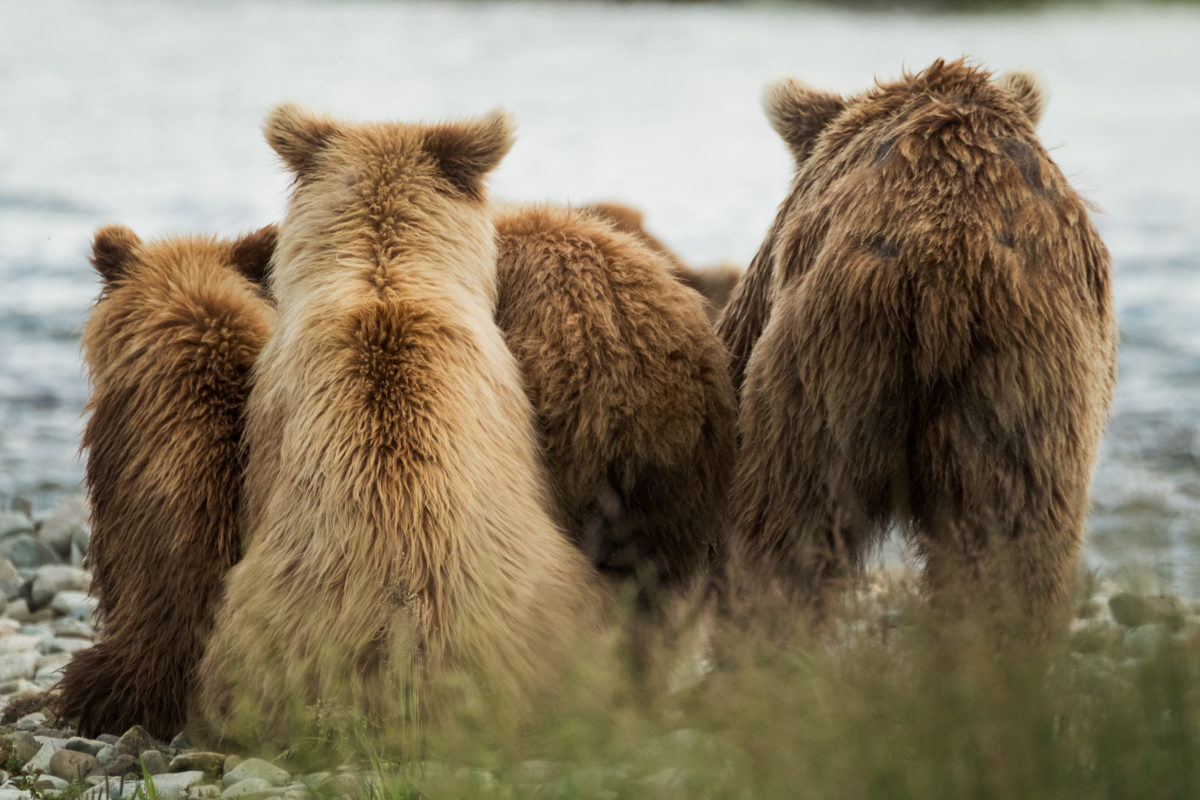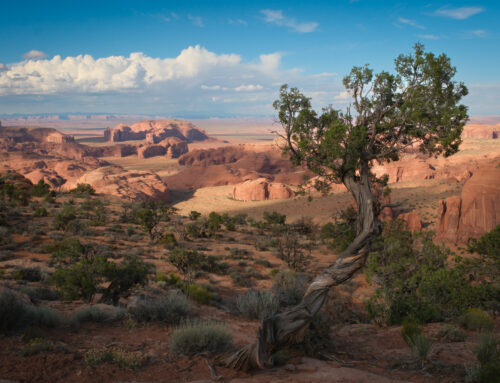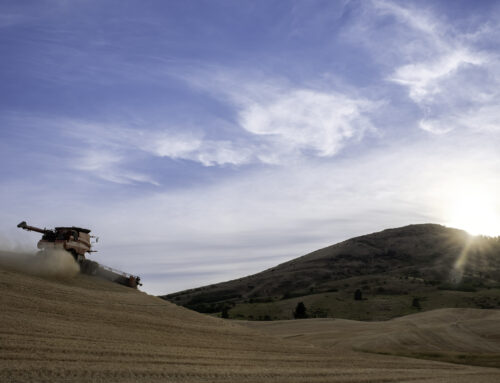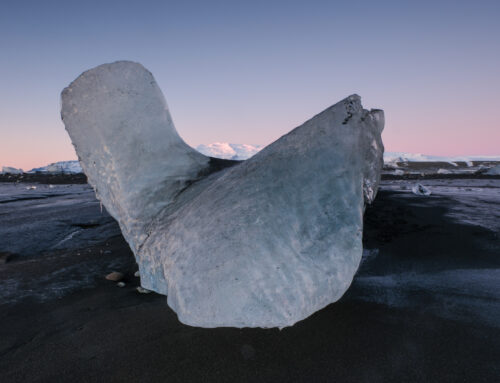If you missed the first installment of this chronicle, please click HERE to read how we got to this point.
On our first full day on location, we wake up and meet in the lodge for a 7am breakfast of homemade blueberry pancakes, bacon, fruit, juices and other delectables. Our guide outlines the day, saying we’ll fly in to Katmai to a secret spot he has been going to for years. He’s been watching this spot over the past couple of weeks, along with studying the salmon migration and says with confidence that there will be bears here. After a quick breakfast, we gear up in our waders and boots, grab our camera equipment and head to the dock by 730am to load the airplane and take off.
Meeting on the dock, we are told the way the airplane is always loaded; camera bags and lunch bags in first, then tripods, then people. There are several folks from the lodge helping load the plane, ensuring that it is done perfectly and without risk to gear or people.
A brief aside to the story to mention alaskan pilots and the planes they fly. In Alaska, it really is a frontier and the weather can be atrocious, so to survive up there takes a very skilled person with capable equipment. You really can’t get anywhere in Alaska without flying and bush pilots and planes are the lifeblood of society, and tourism in Alaska. Our outfitter has been flying for over 40 years, with over 30 years in Alaska, (13,000 hours flying time) plus time in military and civilian aviation roles. In my mind, the best pilots in the world are seasoned bush pilots as they have to think on their feet, deal with the unexpected and survive some of the worst weather around. I had total confidence in our pilot and that led me to enjoy the flying even more. The main airplane that we used for our stay is a DeHavilland Beaver, a workhorse of Alaskan aviation. Last built in the 60’s, these are tough, capable airplanes that serve much of the needs in Alaska. They can carry up to 7 passengers plus the pilot along with a decent amount of gear (and given enough room to take off fully loaded)
Once loaded, the pilot started the cold engine with a cough and puff of smoke and we taxied on to Lake Iliamna for take off. Heading in to the wind, the pilot increased the throttle to a take off setting and the plane, riding on its floats, began to move through the water, At about 35-40 knots, the pilot pushed the yoke forward to get the floats up on “plane” to increase speed. At about 60 knots, he pulls back on the yoke and we gently lift in to the sun filled sky. We cruise south over the lake at about 2000 feet altitude headed to Katmai National Park. This lake is so big, 78 miles long by 30 miles wide, that many times I thought we were flying over the ocean. You can’t see the other side (lengthwise) and it creates its own weather. It is one of only two places in the world that have fresh water seals (which we didn’t get to see)
After 15 minutes of flying over the lake, we crossed over the shoreline and flying over the land, pockmarked with thousands of small lakes, or glacial tarns, amidst a relatively flat landscape. Tundra was the best word I could think of, though it really wasn’t officially tundra. Another 10 minutes of flying over the landscape and then the pilot started to pull back on the power and maneuver the airplane, I assumed for landing. I scanned out in front of the windscreen looking for the lake we’d land on. All I saw were very small lakes, none of which looked like it had enough length to land safely. Gulp! The pilot lined up on a smallish lake and began our descent and after a short period, we flared out and landed gently on the waters surface. We taxied to the far shore and he hopped out to land the airplane on the beach. Once everything was safe, we climbed out of the airplane, on to the float, and then stepped off in to the water (with our waders on). We formed a line from the airplane to shore and handed gear from the plane to the shore.
We grabbed water bottles, but left our lunches in the plane, thinking we’d be back here at lunchtime, shouldered our packs and tripods and began the short hike to the river over flat terrain. After about 1/2 mile of walking along a crude trail, we came to an overlook of the river, Looking down, I got my first sight of bears in the wild! We could see 3 bears along the river already. Woohoo! We scrambled down a short incline and entered the river. The spot we wanted to get to was across the river and downstream about 800 yards. There was a confluence of a couple of creeks with the main river which made for prime fishing conditions for the bears. We waded across the relatively swift moving river which at times came up to our waist. It was suggested we link arms during the crossing and help our buddies stay on their feet. Wouldn’t be any fun if we slipped in, flooded the waders and soaked the cameras! We made it to the other side and walked to our destination, the rocky bank of the river with some light foliage around. Our pilot came with us, carrying a sidearm and bear spray, and his words of wisdom were “let’s stick together as a group, our larger size will be more intimidating”. With that advice, we dropped our packs and set up for shooting.
I was shooting with my Fujifilm X-T2 as my main body (I did bring my X-T1 as a backup in case of failure). I primarily used my fuji 100mm-400mm lens, almost exclusively throughout the trip. Always securely clamped on to my RRS ballhead and Gitzo legs. This combination produced amazing sharp and dynamic images in every situation. At times I even had the Fuji 1.4x teleconverter on which gave me extra reach with virtually no loss in image quality (that I can detect).
The morning of shooting went by in a blur! I was so amazed and full of joy at being in the wild, observing these amazing brown bears feeding on blood red salmon swimming upstream to spawn. It was a full on Nat Geo experience! As the morning progressed, there were an increasing amount of bears visible, both upstream and downstream of us. Our pilot advised to stay more in the bushes and not get too close to the bank as the bears use the bank as a path of travel and we didn’t want to encroach on their space. And sure enough, throughout the day, bears walked along the bank, not more than 15 yards from us at times, mostly not paying attention to us, or even acknowledging our presence. They were so intent on the salmon and we weren’t acting threatening, so they left us alone.
We were kids in a candy store shooting the bears, some charging and diving for salmon, or shooting them as they delicately dissected and ate the salmon, or defended their territory from other encroaching bears. As a landscape shooter, I’m not used to shooting in the middle of the day under bright sunlight, however, in this situation it all worked out well in order to keep our shutter speeds high to capture the dynamic movement of the bears.
After a few hours, the pilot announced that it was time for him to go back to the plane and fly back to the lodge to pick up two new guests that were flying in today. I think we were all a bit nervous when he announced this, as it was our first day with the bears and not accustomed to their mannerisms and how we needed to behave. The pilot said “I’d recommend you not move from this spot”, left us a can of bear spray and began the hike back. I know what was going on in my head and I could tell from the looks on the others faces they were thinking something similar….”WTF, we are alone out here with a bunch of bears with no help in sight if something goes wrong”. I think we were all a bit freaked out. I reasoned that if the pilot felt it was ok to leave us, we were probably ok. But still, it freaked us out and we clustered a bit closer together and continued shooting.
What transpired over the next several hours was probably one of THE MOST AMAZING DAYS I’ll have in photography. Bears everywhere. Boars, sows and cubs, everywhere we turned. At one point, there were 21 bears visible all around us. During one period, there were 3 sows with cubs, some 1 year old, some 2 year old. One in our party happened to mention, “if something goes wrong, there is no clear escape route as there are bears all around us”. A bit disconcerting yes, but I just let go of the worry and continued shooting. If something happened, it happened and we’d deal with it when it does.
bear chasing a salmon
charging for the water, right before diving in
enjoying the spoils of a successful catch
The highlight of the day, without a doubt, was the sows and young cubs. Observing a mom taking care of her cubs, providing food for them, protecting them from boars….again, a big Nat Geo type of experience. In particular there was one family with 3 2 year old cubs. Each had their own personality, yet they shared tight bonds between them and were constantly a “bundle of fur” they nestled so close.
mom and her 2 year old cubs walking along in line
As if it couldn’t get any better, mom and her 3 cubs walked along the bank not more than 10 yards from us, gave us a quick glance to make sure we weren’t a threat to her cubs and then led them to a spot about 25 yards away and sat down with them to rest in the afternoon sun. It was magical watching them relax and then nap, every now and again jumping to attention, wide awake, as another bear headed in their direction. Boar (male) bears oftentimes kill cubs as they can be potential breeding competition, and, if the sow loses her cub can be forced in to estrous sooner so the male can mate with her. They sat in this spot for almost an hour, letting us capture numerous images of them in various poses. Epic compositions!
all 4 awake and observant
3 little bears
A little while later they moved off and let us capture some different shots of them
behind the scenes
What was really cute was when the cubs stood up on their hind legs to get a better view of the situation, or, to seem larger than they really are
mom and cubs running for the salmon
fish for everyone!
After 2 hours or so, we saw our pilot and the two new guests hiking through the river, navigating a safe passage between the bears. When they arrived at our location, we all bubbled over with words and excitement about what we had witnessed. The pilot was amazed and pleased at the number of bears we reported seeing and the new arrivals were anxious to set up and start shooting. We on the other hand were hot, thirsty, hungry (we left our lunch in the plane) and drained, having spent our adrenaline and burned up the memory cards in the last few hours of epic shooting. We ate as they shot the remaining bears and the sun travelled across the sky. Eventually, it was time to start heading back so we packed up and hiked back to the plane.
What we were informed by our pilot upon arrival at the plane is that the lake is too short to take off fully loaded. What we needed to do is take the heaviest people, no gear, and fly them to a larger lake. Then the pilot would return to smaller lake, get the lightest people and the gear and go back to larger lake to pick up the heavies. Uh, ok, whatever we need to do to not crater in to the hillside. Me being a heavy, loaded up with two others for the 15 minute flight to a much larger lake. After a steep dive and turn, we settled on the lake and taxied to the shore. The thought of being left alone on some random lake in the wilderness gave us a bit of a pause and one of us asked, “should we have some bear spray?”. The pilot gave us a funny look and said yea as he fished a can out of one of the floats. He taxied away and took off and we were left on the bank of a beautiful mountain lake, sunlight beaming down on us, not a sound other than the wind blowing across the land. As we were still overheated from being in rubber waders in 80 degree temps, we all sat our butts down in the water and relaxed, reliving the day and cooling down. After about 45 minutes we heard the sound of an approaching airplane and then watched him come in for a gentle landing and taxi to our beach. We loaded up and headed for the lodge with enough room to get the fully loaded Beaver off the water.
We arrived back at the lodge after a 25 minute flight and unloaded the airplane. We all headed to our rooms to get out of our waders and change in to comfortable clothes. Congregating in the lodge before dinner, a wonderful spread of snacks and drinks was laid out for us. We eventually sat down to a fantastic grilled salmon dinner and got to know the new guests as we all shared stories and scenes from the day. After dinner we downloaded images to our computers to review our shots. As you can imagine, there were many shouts of “look at this!” coming from each of us looking at our images.
Eventually we ran out of gas and retired to our rooms (still light out) and tried to wind down from the excitement of the day, looking forward to the days ahead.
Click HERE to read Part 3

















[…] Part 1 Part 2 […]
Amazing images, John.
[…] Part 2. Part […]
[…] Click HERE to read Part 2 […]
[…] 1. Part 2. Part 3. Part 4. Part […]